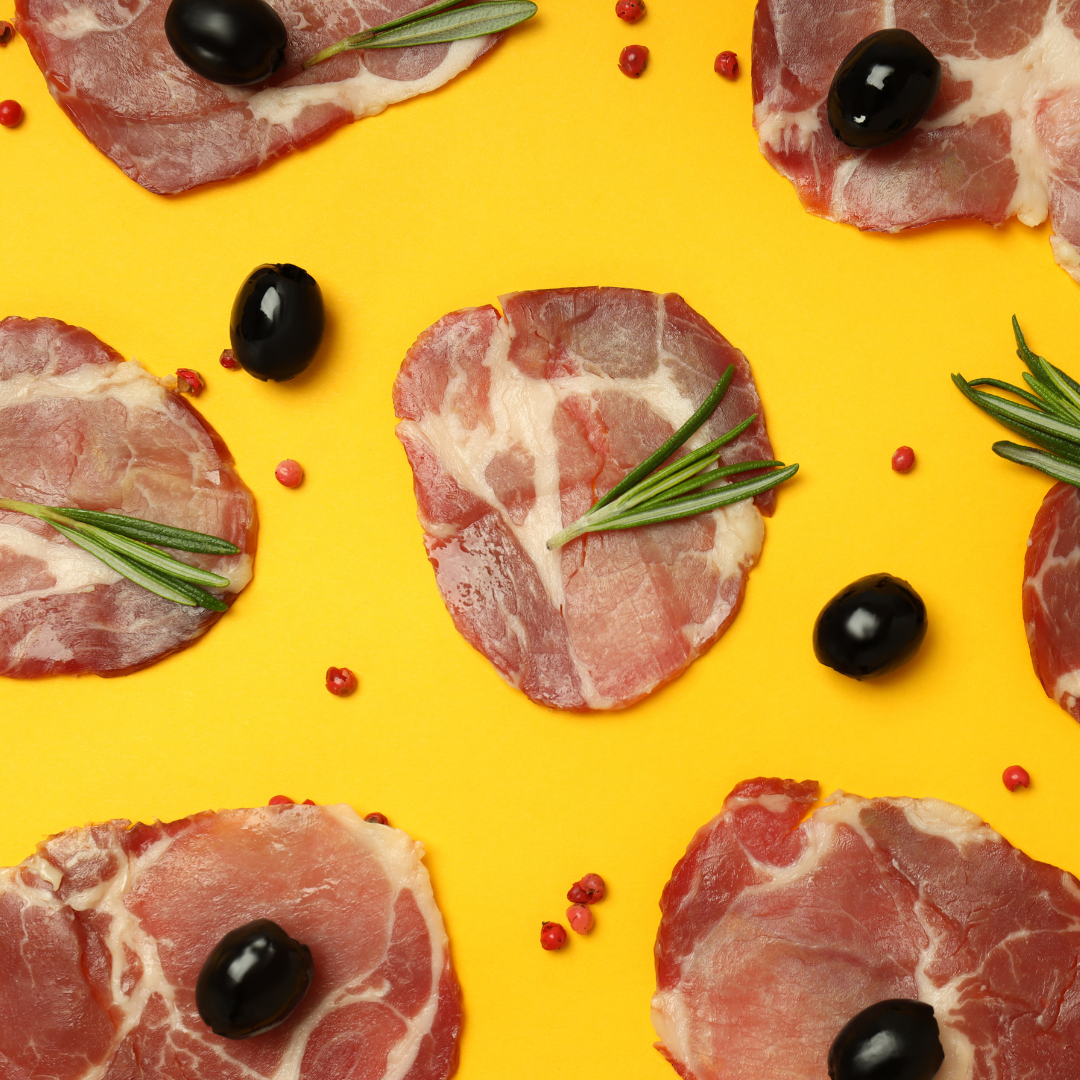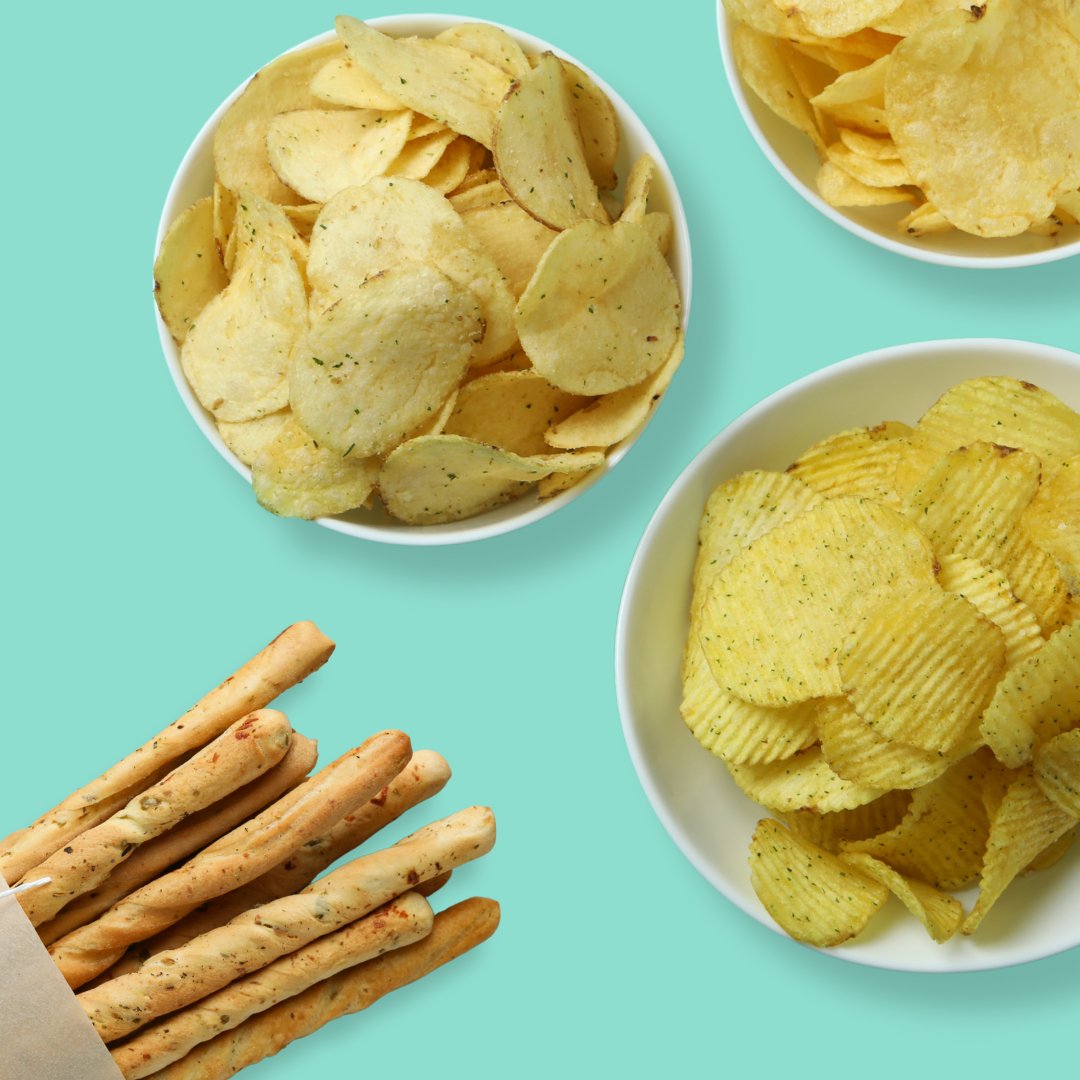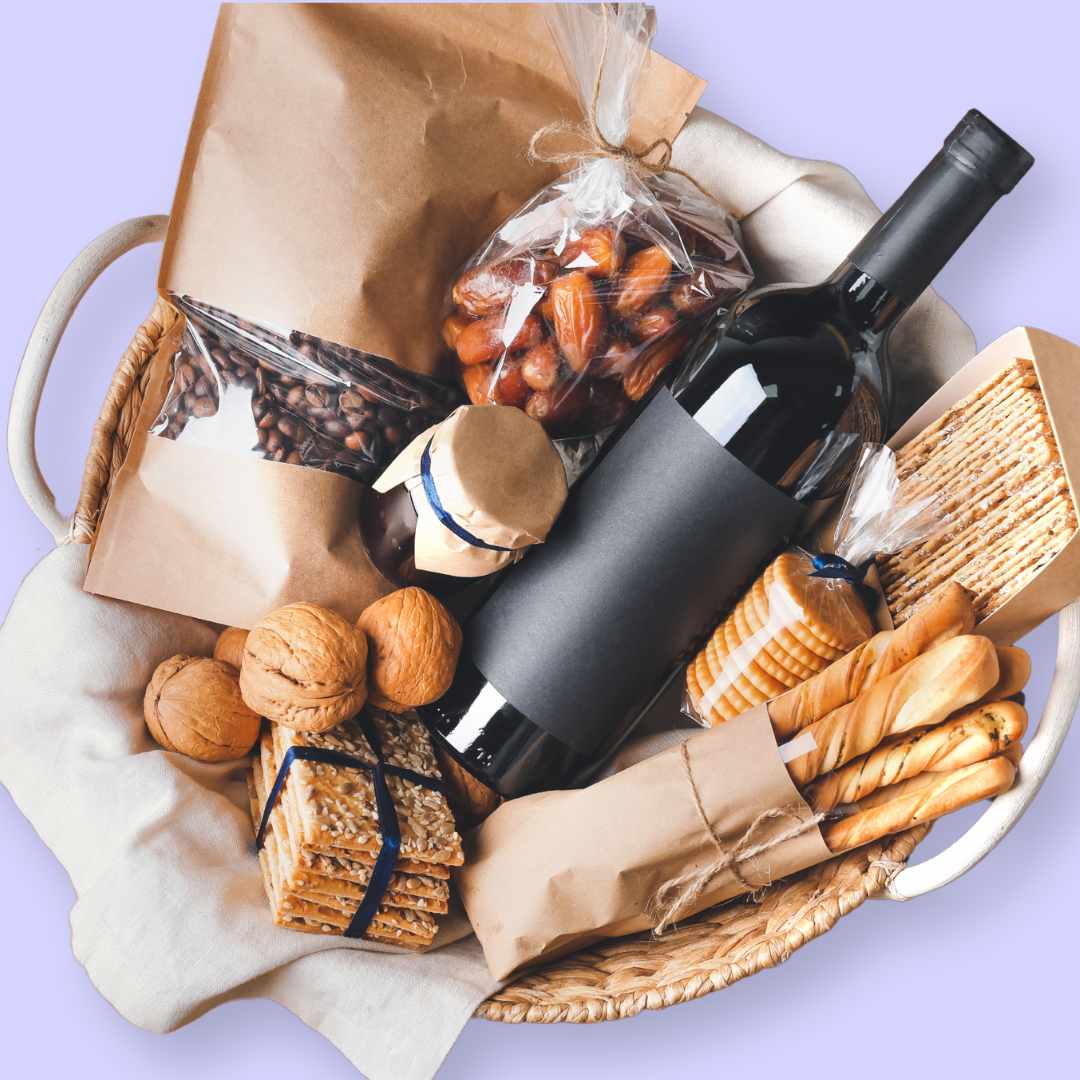Bodegas La Cigarrera is located in Sanlúcar de Barrameda, an area considered the most prized area of Jerez's Golden Triangle of Sherry production. The town sits on the edge of the sea, and the flor (the thin veil of yeast that sits atop sherry wines in partially filled casks) that settles atop the wines in this area is more affected by salty sea air than in other parts of the Jerez-Xérès-Sherry D.O. The house was founded in 1758, and today it's run by Ignacio Hidalgo, the ninth generation of his family to oversee operations in the bodega.
- Grapes: 100% Palomino Fino
- Farming: Lutte Rasionee
- Terroir / Soil: Chalky albariza, located on the western edge of the appellation. The unique climate of this town enables a very special flor to grow year-round and create an especially delicate Sherry reminiscent of the ocean. Manzanilla sherry is a fino sherry that has been produced specifically in the seaside town of Sanlúcar de Barrameda.
- Vinfication: The grapes are pressed and vinified in stainless steel before entering the bodega's solera (a system of fractional blending) for 4 years.
- Tasting Notes: A incredibly salty, fresh manzanilla, with notes of bruised yellow apples, salted raw almonds and delicate white flowers. Bright acidity, and perfect for pairing with nuts, olives and boquerones.
Bottle Club Notes, January 2021:
Oh, how magical Sherry is! This oxidative, nutty, oh-so minerally, fortified wine from the southern shores of Spain can bring such joy to the palate when washing down a mouthful of salty boquerones, briny castelvetrano olives or freshly roasted marcona almonds.
Sherry is made mostly from Palomino Fino, an indegenous white grape found in Jerez’s ”Golden Triangle,” from vineyards planted in albariza, a pure white chalky swath of land that is bounded by Sanlúcar de Barrameda to the north, the city of Jerez to the east, and El Puerto de Santa Maria to its south, just north of Cádiz. The warm Atlantic winds (the Poniente) transport ambient yeasts from the dry deserts of Northern Africa, and after mixing with the humid atmosphere in the Bay of Cádiz, create a highly unique yeast strain that contributes to every ounce of Sherry produced in the region's ancient bodegas. Sherry production relies on the crucial solera, which is a system of fractional blending in which casks are stacked 4-6 barrels high, with the oldest wine in the bottom level, and newer wines put into the top rows (criaderas). Barrels are left only partially filled, allowing for flor, a thin layer of yeast, to settle on top of the wine while it rests and protect it from oxidation. Each vintage, wines from the oldest criadera on the bottom are bottled, and the wine that remains is topped up with fresher, younger wine from the criaderas above, making room for the next vintage at the very top. Each solera system in play is dedicated to either biological aging styles or oxidative aging styles of Sherry. In the former, the wines are protected from oxidation by the layer of living yeast that settles on top of the wine, and in the latter (oxidative) styles, the sherry is fortified to a higher alcohol content, killing the flor on top and causing the wine to pick up a darker brown tint, and nuttier, more roasted aromas while oxidizing in the cask. Generally, the lighter the style of Sherry tends to be biological aging in style, and with fewer years in solera. La Cigarerra’s Manzanilla, for instance, lives in the solera system for only 4 years after its stainless steel fermentation, meaning the solera for this wine has only 4 rows, or criaderas, of barrels.
Many of these houses, including Bodegas La Cigarrera, have been around for decades, if not centuries, and the native yeasts that are found in the corners and crevices of these bodegas contribute to the complexity of the Sherry they produce. Manazanilla style sherries like this one are amongst the most delicate, produced under the protection of flor, preserving it’s paler, white wine color and floral, saline characteristics. Manzanilla and Fino are made the same way, but to be designated a Manzanilla, the wine grapes must originate within the region of Sanlúcar de Barrameda.This terroir is renowned for its pure albariza (chalk) soils, steady cooling winds and enviable location directly at the mouth of the Guadalquivir River, which provides cooling relief from the strong southern sun. Manzanillas infect fresh green apple notes, hints of salted almond and, in more complex iterations like La Cigarerra’s, include floral whiffs that can transport you to the hot, seaside climate of southern Spain.
The magic of Mazanilla sherry is that it’s a beautiful wine to drink on it’s own, but is also versatile in fresh, lower-ABV cocktails. Once open, this lightly fortified Manzanilla will keep in the fridge for up to 2 weeks, and should always be consumed cold, like a white wine. ¡Salud -Simi
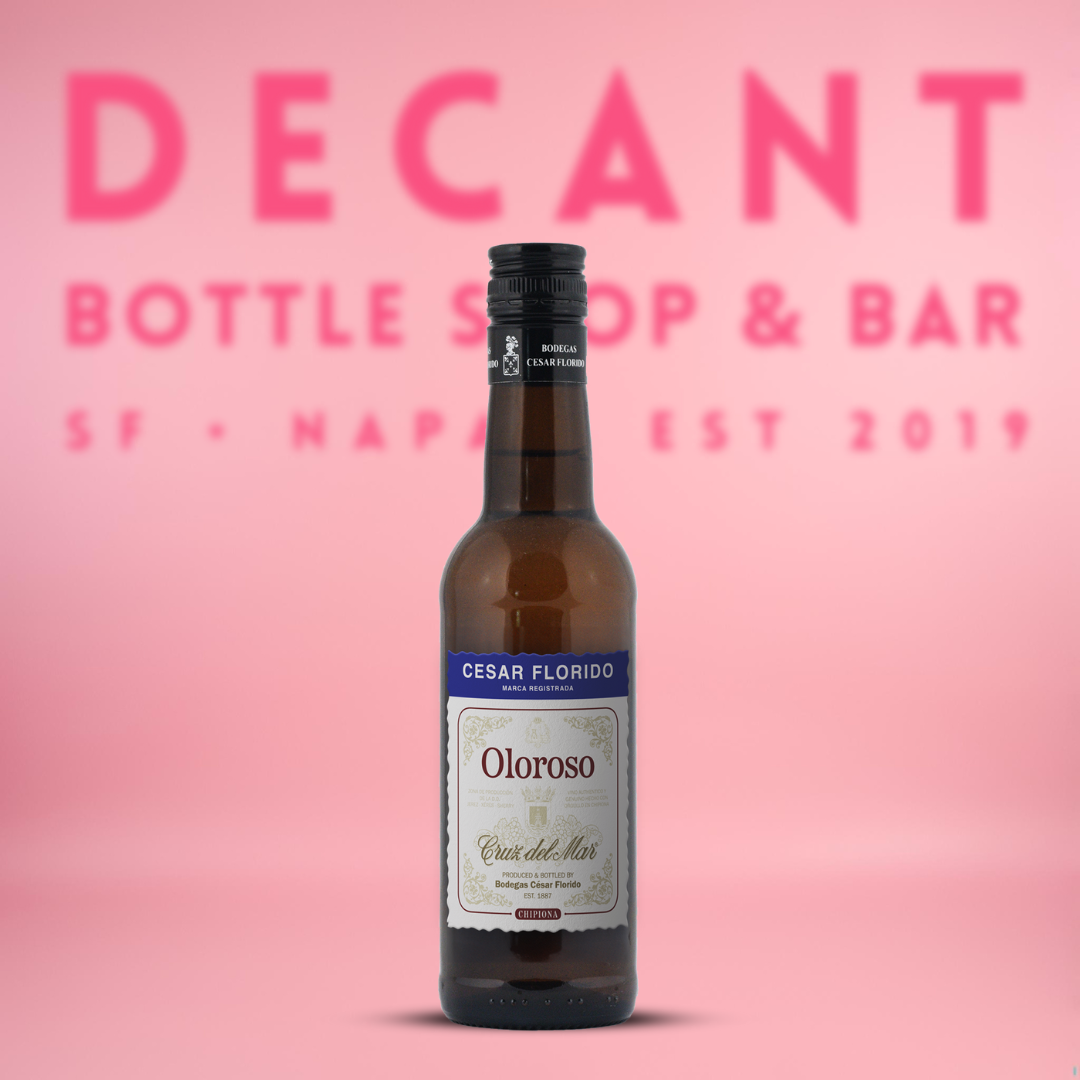

![Bodegas La Cigarrera Manzanilla Sherry, Sanlúcar de Barrameda, Spain NV [375ML]](//decantbottleshop.com/cdn/shop/files/Bodegas_La_Cigarrera_Manzanilla_Sherry_Sanl_car_de_Barrameda_Spain_NV_375ML_1445x.png?v=1723856305)
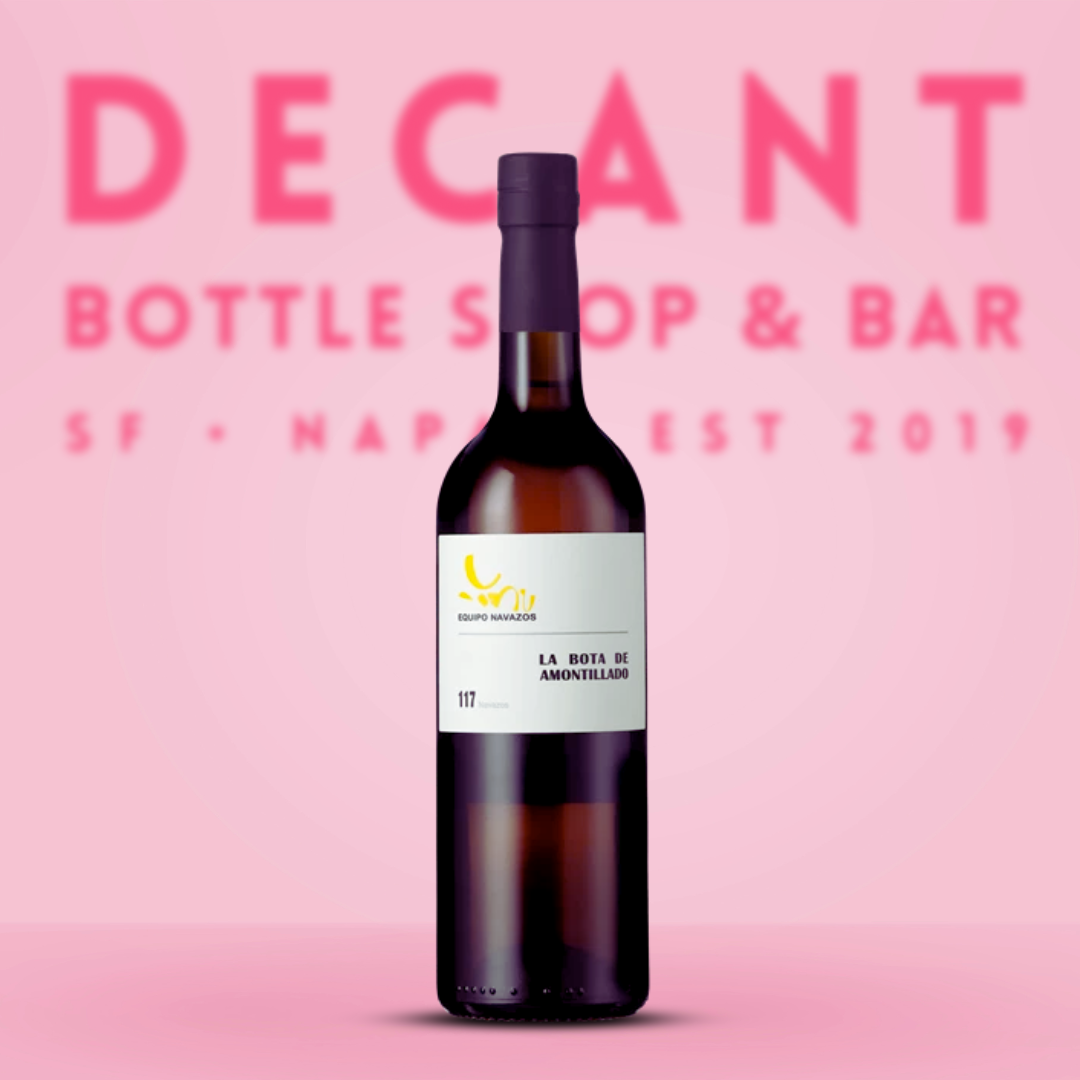


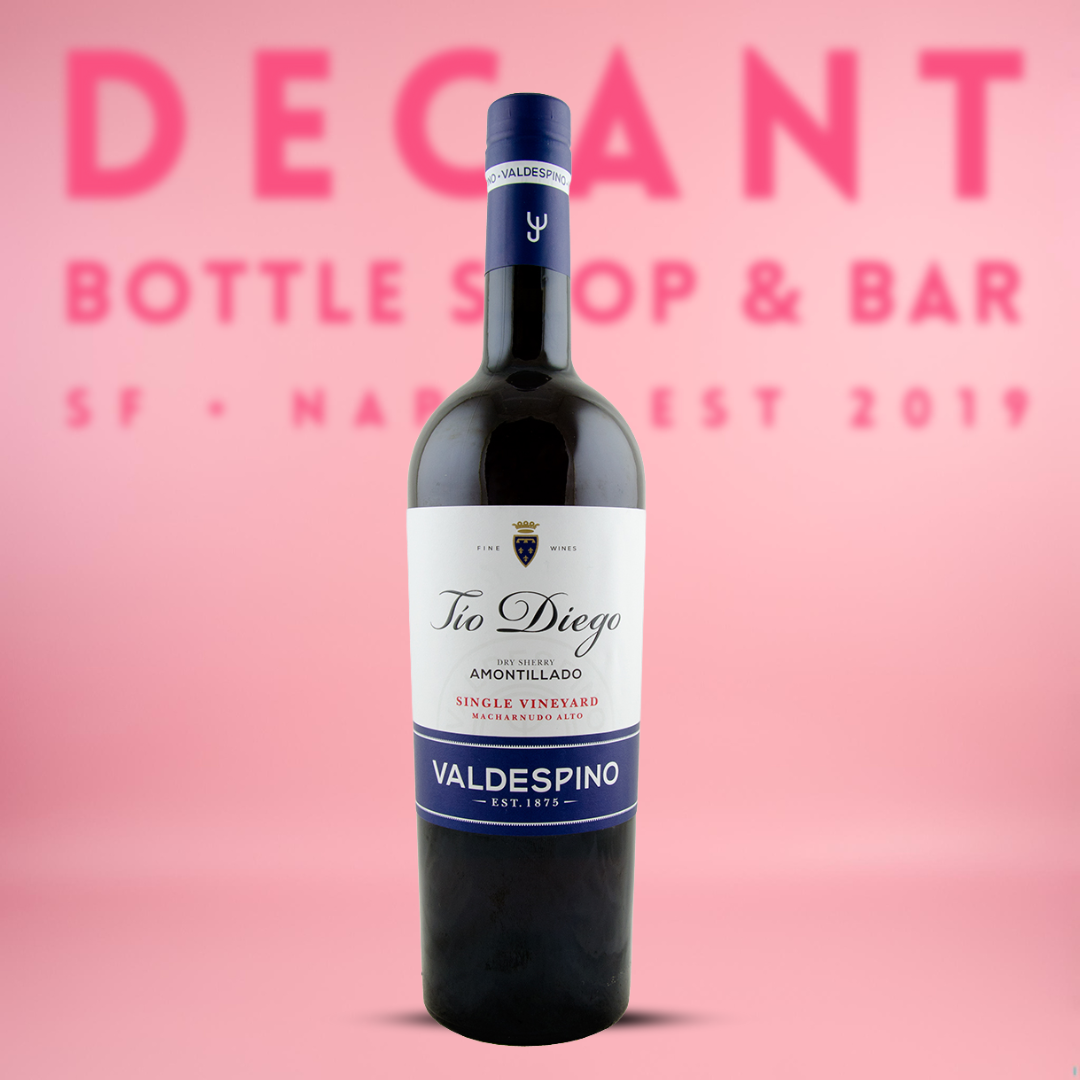

![Bodegas La Cigarrera Manzanilla Sherry, Sanlúcar de Barrameda, Spain NV [375ML]](http://decantbottleshop.com/cdn/shop/files/Bodegas_La_Cigarrera_Manzanilla_Sherry_Sanl_car_de_Barrameda_Spain_NV_375ML_1445x.png?v=1723856305)






